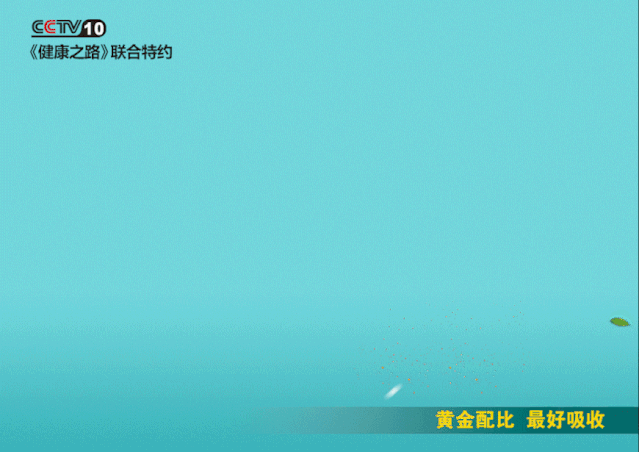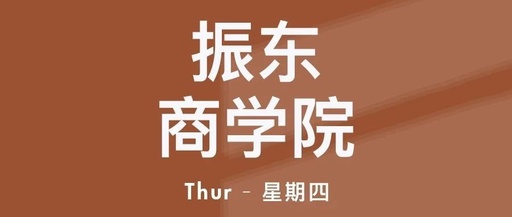
MedicineThursday, April 1, 2021The art of Gua Sha has been passed down through the ages,promoting blood circulation and longevity.With a few carefully selected Gua Sha tools,clinical practice must be skilled. Gua Sha is guided by the theory of meridians and acupoints in Traditional Chinese Medicine (TCM). It involves using specially designed Gua Sha tools and corresponding techniques, applying a certain medium, and repeatedly scraping and rubbing the skin surface to produce red, grain-like spots or dark red bleeding points, known as “Sha”. This process aims to invigorate blood circulation and release Sha. Due to its simplicity, convenience, affordability, and effectiveness, Gua Sha is widely used in clinical settings and for home healthcare.
Gua Sha is guided by the theory of meridians and acupoints in Traditional Chinese Medicine (TCM). It involves using specially designed Gua Sha tools and corresponding techniques, applying a certain medium, and repeatedly scraping and rubbing the skin surface to produce red, grain-like spots or dark red bleeding points, known as “Sha”. This process aims to invigorate blood circulation and release Sha. Due to its simplicity, convenience, affordability, and effectiveness, Gua Sha is widely used in clinical settings and for home healthcare.
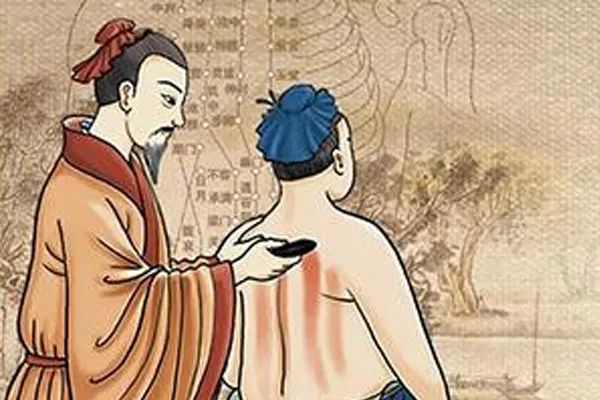
01
Areas for Gua Sha
Many areas of the body can be treated with Gua Sha, commonly including the areas around the seventh cervical vertebra, both sides of the throat, the bends of the arms, the bends of the legs, both sides of the spine, intercostal spaces in the front and back, the Achilles tendon behind the inner and outer ankles, the liver and spleen areas below the ribs, and both scapular regions. For back Gua Sha, the patient should lie face down, while for shoulder Gua Sha, the patient should sit upright. After scraping, purple bruises may appear.
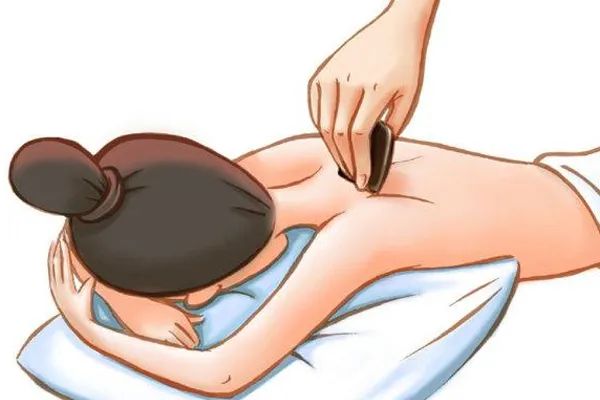
02
Gua Sha Tools
1. Gua Sha boards: These mainly come in three types: horn, jade, and Bian stone. Among them, water buffalo horn is commonly used in clinical practice for its ability to disperse Qi, invigorate blood, and reduce swelling; jade can moisturize the skin, promote tissue regeneration, clear heat, detoxify, calm the mind, and dispel evil; Bian stone contains various trace elements that can unblock meridians, clear heat, detoxify, soften hard masses, and warm the skin. Gua Sha tools can be made from various materials, and many everyday items can serve as Gua Sha tools, such as coins, silver dollars, ceramic spoons, soft bamboo boards, cotton threads, and shells. Modern materials like resin and silicone are also used to make Gua Sha tools.2. Gua Sha oil: This comes in two main types: liquid and cream. Liquid types include boiled water, vegetable oil, and medicinal oil, which not only prevent the Gua Sha board from scratching the skin but also moisturize the skin, open pores, and promote blood circulation. Cream types should be fine-textured substances like petroleum jelly, moisturizing cream, snake oil, or topical analgesics, which have effects of invigorating blood, alleviating pain, and promoting circulation.
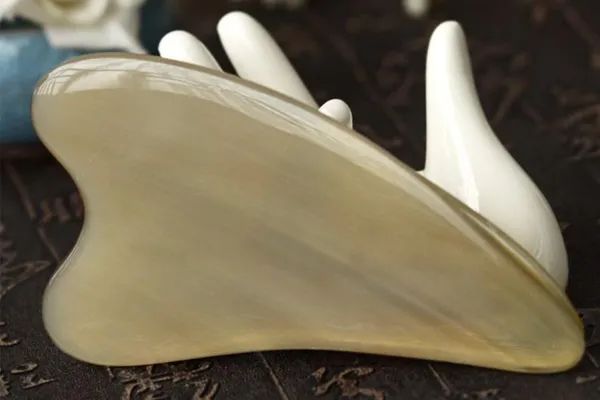
03
Indications for Gua Sha
Common conditions treated with Gua Sha include colds, fevers, heat stroke, headaches, gastrointestinal disorders, stiff neck, shoulder periarthritis, lumbar muscle strain, muscle spasms, and rheumatoid arthritis.
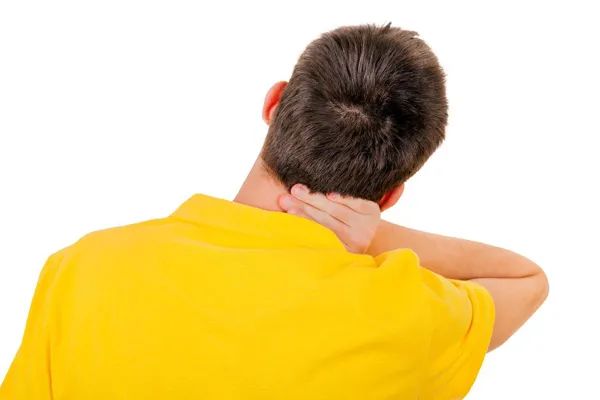
04
The Gua Sha Process
First, clean the area to be treated. Dip the edge of the Gua Sha board in Gua Sha oil or massage oil, and then scrape the designated area. Scraping should be done in one direction only, without back-and-forth motions, applying even and appropriate pressure. If there is Sha, scraping the bends of both arms a few times will produce dark purple streaks. Generally, scrape each area about 20 times. If the patient has a headache or sore throat, they should sit; if they feel dizzy or have chest or abdominal pain, they should lie on their back; if there is pain in the shoulders, back, or lower back, they should lie face down. After scraping the designated areas, the patient will feel immediate relief. Allow the patient to rest for a few minutes, then scrape the front and back intercostal spaces, the cervical vertebrae, or the scapular regions again for about ten times each. Afterward, the patient should drink ginger sugar water or boiled water to feel exceptionally comfortable.
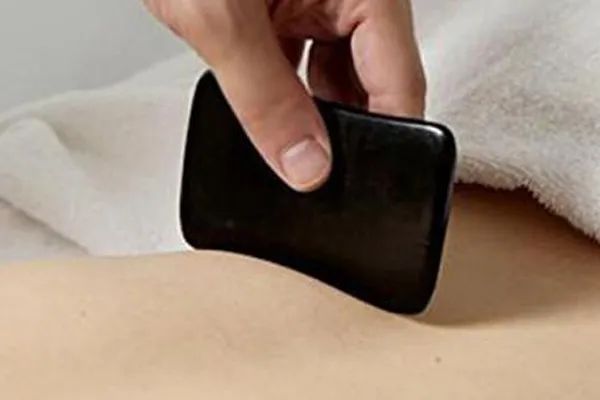
05
Precautions for Gua Sha
1. During Gua Sha treatment, ensure the room is warm, especially in winter, to avoid cold and wind. In summer, avoid direct airflow from fans on the treated area.
2. Avoid taking a cold shower within 30 minutes after Gua Sha.
3. Do not perform Gua Sha on the same area again until the previous marks have faded. Wait 3-6 days before redoing Gua Sha, based on the fading of the marks.4. After Gua Sha, it is best to drink a cup of warm water (preferably slightly salted sugar water) and rest for 15-20 minutes.
